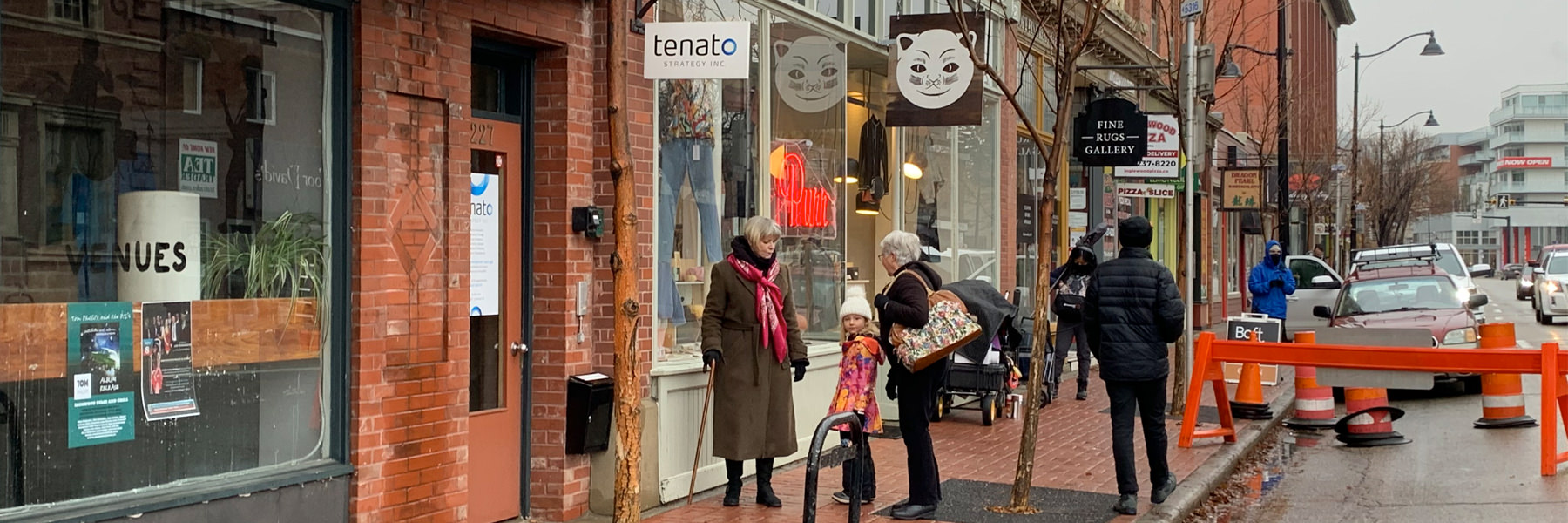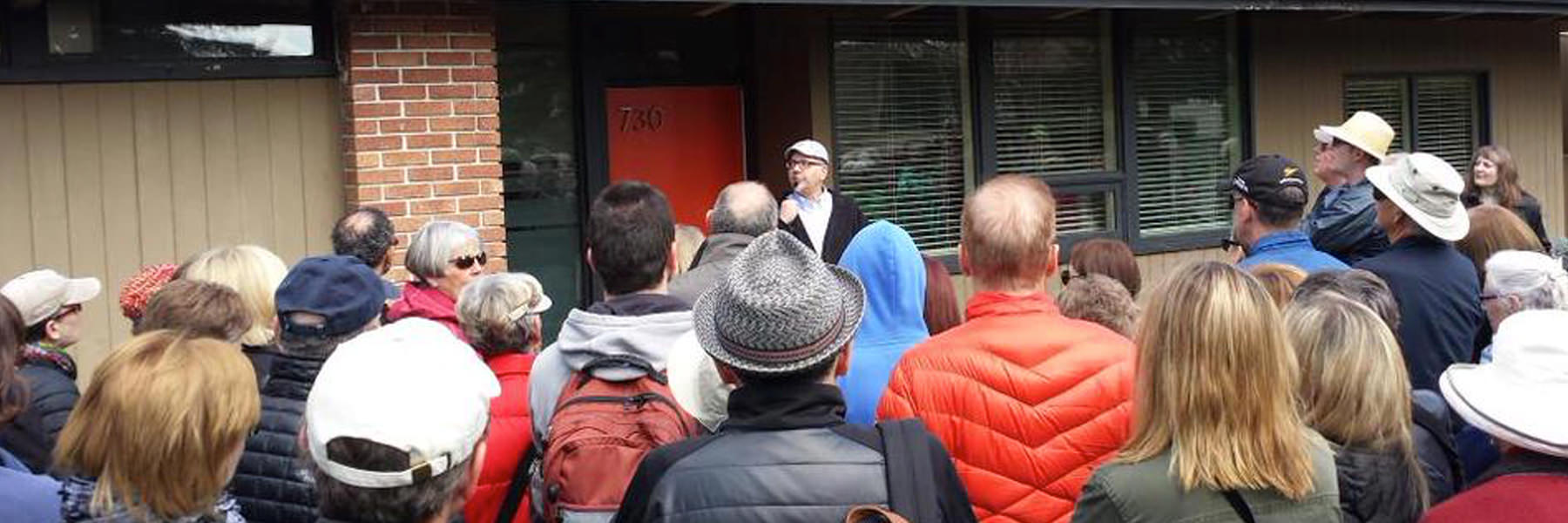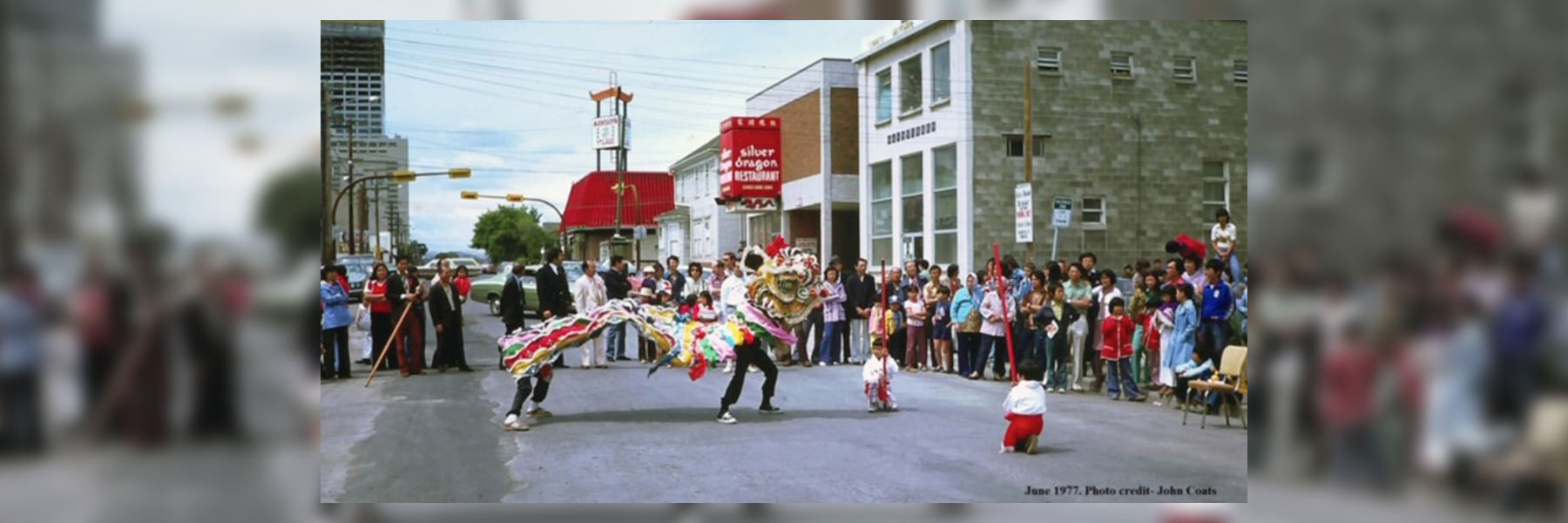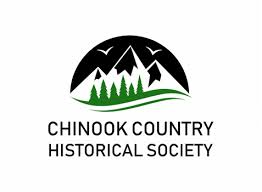Send a Letter to your Councillor
Click a button to view, edit and send a pre-written letter to the City.
Get Involved with your Local Area Plan (LAP)
As a resident, here’s how you can share what you value, what’s important to conserve, your vision for how new development can fit into your neighbourhood.
Learn more about local area planning. 1. Find out if your community is currently involved in local area planning. (See below.) Contact your local Community Association and/or put your name forward to be included on the project team for the creation of the LAP. 2. Participate in online surveys and open houses by signing up for emails on the City's engagement project pages for the appropriate plan. Call 311 if you need help. 3. Monitor the website for www.CalgaryInspiresYYC.org and subscribe to social media feeds. Sign up for emails to receive information about upcoming Council dates when the LAP will be presented for approval. 4. Write to your City Councillor and consider speaking at the public hearing(s). Is your community currently involved in local area planning? North Hills Local Area Plan (Area 5 & 6) – is due to come before City Council in March 2021. Communities included are: Highland Park, Mount Pleasant, Tuxedo Park, Winston Heights-Mountview, Crescent Heights, Renfrew, Rosedale, Capitol Hill and Thorncliffe Greenview (south of Mcknight Blvd). This is the pilot LAP using the Guide for Local Area Planning. Heritage Communities (Area 31) – Eagle Ridge, Kelvin Grove, Kingsland, Fairview, Haysboro, Acadia, Southwood, Willow Park, Maple Ridge and Chinook Park. Note: The name of this multi-community plan refers to communities located around Heritage Drive. This planning area is not inclusive of Calgary’s historic (heritage) communities. Westbrook Communities (Area 10) – Wildwood, Spruce Cliff, Westgate, Rosscarrock, Shaganappi, Glendale, Killarney/ Glengarry, Glenbrook and the portions of Upper Scarboro/Sunalta West and Richmond that are west of Crowchild Trail. West Elbow Communities (Area 2 & 3) - Altadore, Bankview, Cliff Bungalow, Elbow Park, Erlton, Garrison Woods, Lower Mount Royal, Mission, North Glenmore Park (north of Glenmore Trail SW), Richmond (east of Crowchild Trail SW), Rideau Park, Roxboro, Scarboro (east of Crowchild Trail SW), South Calgary, Sunalta and Upper Mount Royal. Riley Communities (Area 4) - Sunnyside, Hillhurst, West Hillhurst and Hounsfield Heights - Briar Hill. Go to the City’s website for more information. FAQ All the elements that make up the physical environment of a street and define its character. These elements include paving, sidewalks, trees and vegetation, lighting, building type, fencing, setback of buildings, etc. Historic streetscapes have garnered significant attention lately, with the approval of heritage policies to protect historic streetscapes in July 2020. Within part 4, see heritage area policy for historic residential streetscapes. Main streets are often considered to be the principal streets of a town where shops, restaurants and other businesses are found. Main streets have historically developed along streetcar lines and then auto-oriented roadways. Calgary's Municipal Development Plan provides guidance for the development of main streets. The highest densities and tallest buildings on the main street should be concentrated into "nodes" that occur at the intersections of the main street with other major transit streets. In encouraging the growth of a more compact city, Calgary's Municipal Development Plan (MDP) guides the highest density towards mixed-use, transit-supported main streets and activity centres. Currently, Calgary's primary activity centre is the Downtown. The MDP encourages the strategic placement of other activity centres that will support long-term employment and population growth in locations served by high-frequency transit services. A local area plan guides where and how future growth and redevelopment should happen within a specific area. Calgary's new multi-community approach is to create one local area plan for groupings of 10 to 15 communities. This approach would help reduce the number of about 270 existing and possible "Area Redevelopment Plans" to approx. 42 multi-community area plans. A simplified framework allows area plans to be kept up-to-date using a common set of policies that support the growth of a more compact city. In an effort to increase population in developed Calgary, the City is changing its rules for adding new development. Urban form categories create designations to allow for multi-unit, mixed-use buildings (commercial & residential) in the creation of local area plans. Neighbourhood urban form categories include: commercial required (where commercial uses should be offered on the ground floor); active (a mix of commercial and residential with high pedestrian activity); general (supporting a broad range of housing types and some small-to-moderate commercial uses); and local (a broad range of housing types and home-based businesses with strong private-public separation). The current Land Use Bylaw in Calgary assigns a “district” (zone) to land parcels with permitted and discretionary uses. This approach to development is called “use-based” planning. Calgary’s land use bylaw distinguishes between residential, commercial, and industrial categories. Separate districts are defined for low-density residential, including: single-detached housing (R1, RC-1), duplexes (R2), and row houses (R-CG). These districts offer clarity and predictability to the planning process, giving citizens some assurance about what will be allowed where. The districts also attribute differences in building height and lot coverage that have impacts for overshadowing and massing, especially significant in historic neighbourhoods with older buildings. Currently, re-designations must go to a Public Hearing of Council that allows residents to comment on the impacts of new development in their neighbourhoods. The urban form categories proposed for local area planning provide the foundation for a new bylaw that combines low-density housing forms into a new “district” or set of “districts.” If the new bylaw is adopted, to be considered in 2021, this will signal a shift towards “form-based” development, where physical form rather than the separation of uses becomes the organizing principle. The City would be able to implement its growth strategy more quickly. More diverse building types would be allowed without the need for public comment on the introduction of multi-unit and multi-use (commercial & residential) buildings in neighbourhoods. A secondary suite is self-contained anywhere within the main home (often the basement) but secondary to it (smaller). A backyard suite must be smaller than the main house and be contained in a detached building behind the front façade of the main residential building. Examples are a suite located above a garage or a separate “laneway” or “garden” house. Legal suites contain 2 or more rooms designed to be used as a residence by one or more persons. Suites must have a kitchen, living, sleeping and sanitary facilities, and one parking stall on the parcel. They must meet all building codes for safety and construction and have passed inspection. Secondary and backyard suites do not have a separate title and cannot be sold independently of the main home. They can be rented out, owner-occupied, or occupied by other person(s) like a family member or caregiver. Designated heritage homes may be eligible for the City’s Historic Resource Conservation matching grant program to help with retrofitting costs and all homes listed on the Inventory of Evaluated Historic Resources may be considered for parking bylaw relaxations, if parking for tenants can’t be accommodated on site. The City continues to update its tools and incentives to accommodate suites and retain heritage.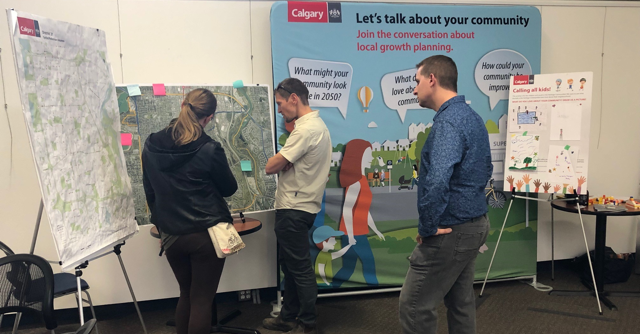
Comment on New Development Proposals
Watch for signs around your neighbourhood that present new development proposals on parcels that you feel respect or ignore heritage and neighbourhood character. Send in your comments to the City file manager (contact listed on the sign) and copy your City Councillor.
New applications can be viewed at Calgary's Development Map (DMAP) and are also published on Thursday’s in Calgary Herald. From DMAP you can locate the site you want to comment on and send your comments to the file manager. Attend developer-led consultations and open houses.
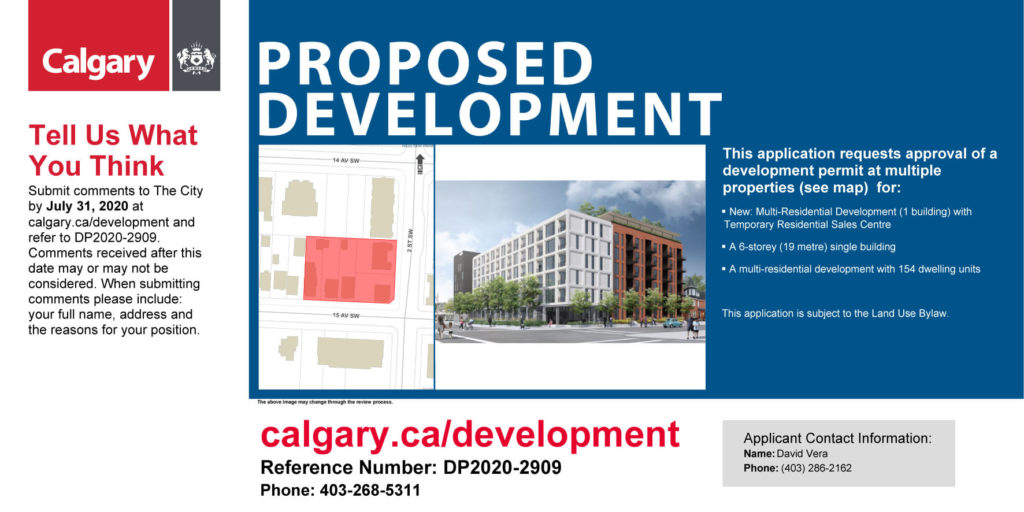

Research and Designate Your Property
If you are an owner of a heritage home or building….
- Research your property
- Be inspired by designation stories
- Protect it through designation
- Participate in the Calgary Heritage Salvage and Exchange Facebook Group
- Use local heritage trades
- Support heritage area policy tools for your block
FAQ
Heritage resources include: "buildings, bridges, engineering works and other structures; cultural landscapes such as historic parks, gardens or streetscapes; culturally significant areas, including indigenous traditional use areas and sites with archaeological or palaeological significance. These can be managed by municipal, provincial or federal authorities." (City of Calgary). Buildings, landscapes and features that are at least 25 years-old and have standalone significance, may qualify for listing on the City's growing inventory of historic resources. They are evaluated by Heritage Calgary, a civic partner, according to a Council-approved evaluation system. When listed on the inventory, historic resources are recognized for their heritage significance and are referred to as heritage sites. Historic resources are not subject to development or demolition restrictions unless designated (legally protected) in cooperation with a property owner. To access Calgary's Inventory of Evaluated Historic Resources, click here. Other inventories exist for federally and provincially recognized historic places.
Once an evaluated historic resource on the Inventory becomes municipally designated by a Council-approved bylaw, it is legally protected under the Alberta Historical Resources Act, and regulation prevents alteration or demolition of its significant features without approval by the City of Calgary or the Province of Alberta, depending on the designation. Approximately 100 heritage sites, listed on the Inventory, are protected through a municipal designation bylaw. To read more about municipal designation, see here.
The City of Calgary defines a heritage asset “as a privately owned structure, typically constructed before 1945, that significantly retains its original form, scale, massing, window/door pattern and architectural details or materials. Individual heritage assets may not warrant inclusion on the inventory.” Their heritage significance may be tied to them being part of a geographic concentration of similar sites.
A visual survey of possible heritage assets in an area identified according to specific criteria of historic architecture and design. It’s called a windshield survey to give the idea that an area can be quickly surveyed through the windshield of a car. In practice, the survey is completed after properties are checked by walking the streetscape and scrutinizing individual properties. This best-practice approach follows examples such as Los Angeles’ SurveyLA program. In 2019, Calgary commissioned a windshield survey to identify potential heritage assets in 26 communities. More than 4000 historic properties were identified, many of which are clustered in what could then be identified as heritage areas.
The department of Calgary Parks has identified 27 historic streetscapes in some of Calgary’s oldest communities that retain significance due to their original plantings. Patterns of elm trees and lilac shrubs, for example, can become the object of protection. These 27 streetscapes have been evaluated by Heritage Calgary and were added to Calgary’s Inventory of Historic Resources. Calgary Parks has a plan to ensure the long-term conservation of trees for future Calgarians to enjoy.
Cultural landscapes are the combined works of nature and of man that are illustrative of the evolution of human society and settlement over time, under the influence of the physical constraints and/or opportunities presented by their natural environment and of successive social, economic and cultural forces, both external and internal. (Source: UNESCO and ICOMOS). Numerous cultural landscapes are listed on the Inventory of Historic Resources. Cultural landscapes are historically significant landscapes. Similar to other historic resources, cultural landscapes connect Calgarians with their past. They help to tell the story of how Calgary developed, and how Calgarians lived.
The City of Calgary operates a Historic Resource Conservation Grant Program offering matching funds for projects to restore, preserve or rehabilitate a privately owned, designated resource. Different levels of funding apply to residential and non-residential projects. The Province of Alberta also offers conservation grants for municipally and/or provincially designated sites, as well as one-time grants for professional studies (architecture/engineering/conservation).
Tax credits incentivize owners of residential or non-residential heritage sites to legally designate their property. The City of Calgary will consider a residential tax credit as part of 2023-2026 budget deliberations, to be discussed no later than Q1 2022. If approved, the residential tax credit could offer up to $50,000 for individual homeowners of designated properties.
Tools have been introduced to encourage heritage retention. These tools can reduce on-site parking requirements, for example, and expand permitted uses to promote adaptive reuse and minor infills that do not impact the structure of the character home (eg. backyard suites/laneway housing, live work units, home occupations etc).
Density bonusing is a tool used by planners to add extra height (“density”) on a given project, and in exchange for this, developers provide a “public good.” In the context of heritage, it often involves designating a historic resource in exchange for permission to build added density on a site that normally wouldn’t allow it. Learn more about density transfer programs and the other heritage conservation incentives on Calgary’s heritage planning website.
A municipal or provincial historic resource is a heritage site that has been legally protected (designated) against demolition or major alterations under the Alberta Historical Resources Act. Designation is performed by a municipality or Alberta’s Ministry of Culture and Tourism. Designation does not affect activities in a building or on the property, it does not affect the ability to sell or purchase property and owners retain all their rights to the enjoyment of the property. Calgary also has a number of designated National Historic Sites.
Celebrate Century Homes
Century Homes Calgary Celebration was a grassroots initiative to celebrate the homes constructed during Calgary’s first building boom which started in 1904, peaked in 1912 and ended with the onset of the First World War.
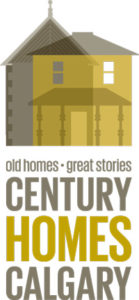
The project saw an exceptional level of engagement with hundreds of homeowners participating by researching their homes and displaying story signs and banners on their front lawns. The Williams and Harris Shared History Centre at Calgary Public Library is now home to the 2012 and 2013 Century Homes legacy database for the houses, which can be searched by community.
Century Homes Calgary was recognized in 2012 with the prestigious Governor General’s Award for Excellence in Community Programming , and again in 2014 with the Heritage Calgary Lion Award for Community Vitalization.
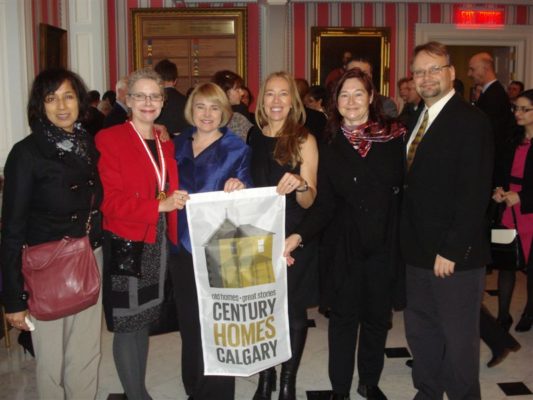
The project has ended but the celebration continues. For more, visit Century Homes Calgary .
House Portraits: Fundraiser
We are very pleased to partner with local architectural technologist, designer and digital artist, Christine Bates on House Portraits, a beautiful way to capture the essence of Calgary’s heritage homes. Christine is donating 10% of the proceeds from orders to support our ongoing advocacy efforts.
House Portraits make an excellent gift for family or friends. Upload a photo of your home to Christine’s web site and she will generate a beautiful water colour digital image. It doesn't have to be a professional photo; iPhone photos are fine. To order, go to Christine Bates House Portraits. Enquire about custom greeting cards too!
Reflecting their ongoing love of their home, the Stewarts, long time heritage supporters, recently commissioned their own House Portrait, pictured here, which is the featured example on Christine’s website.
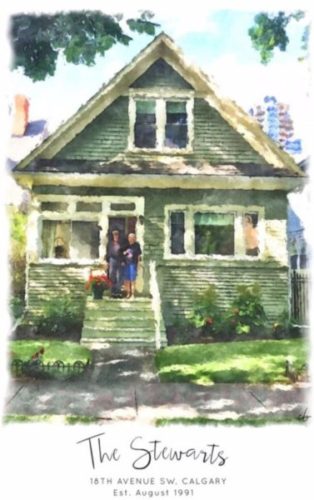
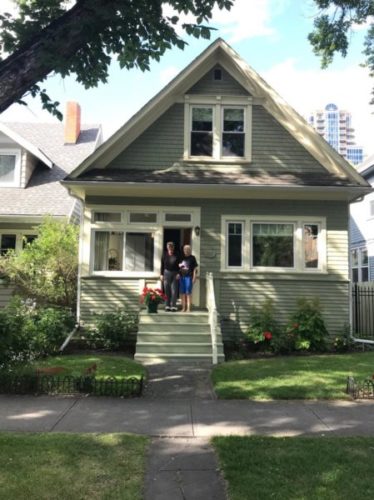
About the Stewart Home
The Stewarts participated in Century Homes Calgary in 2012/3. This is their story.
This modest Edwardian gable front home is typical of the wood frame houses erected in Lower Mount Royal during the building frenzy of 1909 -1912 to house Calgary's burgeoning working population. Like other homes of this era, the house sits on a partial concrete foundation and features wood shingle cladding on the upper and horizontal beveled siding on the lower exterior. The land was purchased from the CPR in 1906 and a 1 1/2 story house built in 1910/11 for an estimated cost of $1500. The property was immediately purchased by Walter E. Avis, an inspector with Alberta Government Telephone Company. Amazingly, the Avis family owned and lived in the house for the next 75 years! Family members are buried in the Burnsland Cemetery. The property has changed hands only twice since then. The interior has been upgraded, but the typical Douglas fir trim is still intact, and the oak fireplace mantel is similar to mail-order mantels advertised in the Robert Simpson Co. Ltd. catalogue of the time for $55.00.
Send us your stories and pictures: contact@heritageinspiresyyc.org
Join, Subscribe, Follow
Click on the logos below to join, subscribe, or follow. To find your community association, click on the Federation of Calgary Communities logo.


